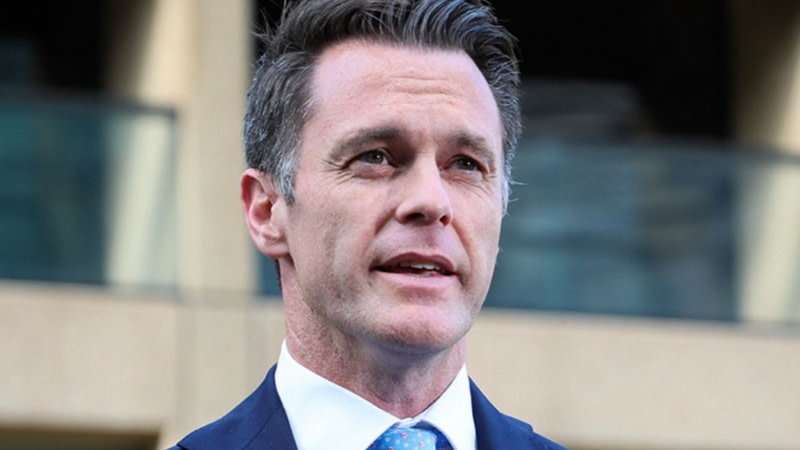Minns Reveals Medium-Density Overhaul for NSW

New South Wales Premier Chris Minns has set an ambitious target of 75,000 new homes each year to bring the state’s housing crisis under control.
Minns has signed an agreement for the new goal, which is double that the Department of Planning predicted in 2022.
A key part of delivery will be high-density towers around metropolitan train stations, as well as a detached housing component.
However, Minns wants between 10,000 to 20,000 homes each year to be delivered as six-storey apartment complexes on key transport routes and above shops.
It is an idea predicated on the Haussman-era construction overhaul of the mid-1800s in Paris.
Minns is betting it will help address housing affordability, accessibility and livability not just in Sydney but also regional centres.
The homes will be along bus routes between train stations, on top of shopping centres, and along arterial routes, such as the Pacific Highway, and in regional centres.
The NSW government also wants, from 2025, an annual pipeline of 400 to 800 approvals for medium-density projects with an average of 25 apartments each.

However, there are hurdles.
Up to the end of September, just 6000 homes have been approved in such complexes between three to eight storeys.
As well, those already living in the neighbourhoods may be less than inpressed with the ideal of medium density, an issue that has lead to planning reforms in Victoria.
And of course the construction industry also has to be able to deliver the homes the NSW government wants each year.
That becomes difficult when medium-density blocks are required to meet their own set of regulations, so builders may need specific tools and training to deliver the projects.
It also means many builders will have to switch from providing detached housing to providing apartments.
The NSW government intends to either expand or demolish and redevelop 50,000 existing apartment complexes built before 2000.

Much like former Victorian premier Daniel Andrews, who delivered his housing reform just before resigning, Minns has indicated he will override councils that don’t support increasing housing density and supply.
Incentives for the policy were raised at the August National Cabinet Meeting where, as part of the new housing accord, five-year housing targets were increased by 20 per cent and NSW offered nearly $1 billion if the goal is met.












